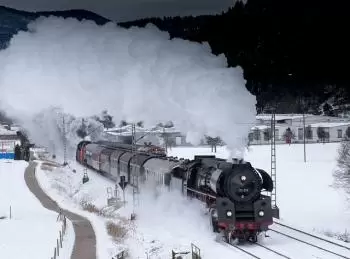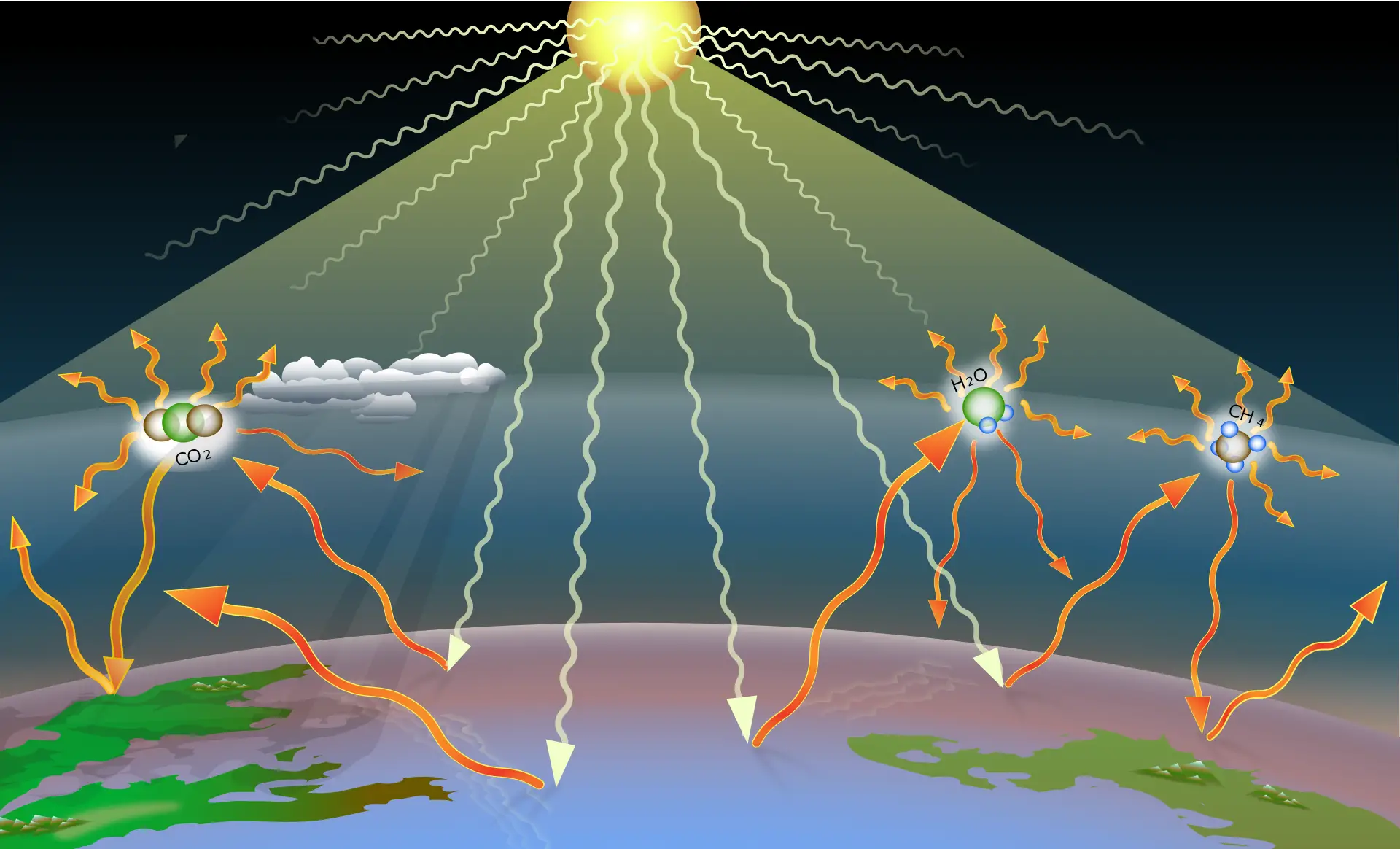
Vapor is a substance in the gas phase that is at a temperature lower than the critical point. Due to this characteristic, vapor can condense into a liquid or a solid by increasing its pressure without reducing the temperature.
That is, it is a gas that can be condensed at a constant temperature by increasing the pressure. On the other hand, to convert a non-vaporous gas to a liquid, it is not enough to increase the pressure, but the temperature will have to be decreased.
For example, water has a critical temperature of 374 ° C (647 kelvin), which is the highest temperature at which liquid water can exist.
Vapor can coexist with a liquid or solid. In this case, the two phases will be in equilibrium, and the gas pressure will be equal to the equilibrium vapor pressure of the liquid (or solid).
Normally, the word steam, if the substance is not specified, usually refers to steam.
What is steam (water vapor)?
Steam is a gas that is produced by boiling when water is heated to 100 ° C (boiling point of water ) and one atmosphere of pressure.
At this point the water is said to be in a phase change. At this moment, if we continue to supply heat, the temperature does not increase until the water has evaporated.
Under these pressure conditions, above 100 degrees Celsius, pure water is in the gas state.
We often use this term to refer to wet steam, the aerosol of water droplets that form when condensing, fog, etc. However, dry steam is invisible.
Relative humidity is the ratio of the partial pressure of water vapor in a gas (mainly air) to the equilibrium pressure of saturated vapor at a given temperature.
Absolute humidity is the amount of water vapor contained in 1 cubic meter of air at a given temperature.
What does state of vapor mean?
The vapor state is the state of a gas when it is below the critical temperature.
In the gas state the molecules that form it do not react with each other forming molecular bonds, but tend to repel each other. When repelled, the water molecules adopt the shape and volume of the container that contains them and tend to separate and occupy all the available volume.
What is the difference between gas and vapor?
Vapor is a type of gas, but not all gases are vapor.
If we compress a gas while maintaining the temperature, the gas does not change state, it is still gas. On the other hand, by increasing the pressure at constant temperature, the steam can become liquid.
Gas occupies all the available space while steam does not behave in this way.
How important is steam?
This element is essential for the development of life on Earth due to its properties and its presence in the atmosphere. In addition, humans have been able to take advantage of it to obtain mechanical work and produce electricity.
Importance in the environment
Water vapor in the atmosphere is a greenhouse gas just like carbon dioxide. Some of the solar radiation that enters the atmosphere, bounces off the surface of the Earth and goes out again. However, greenhouse gases retain this heat contributing to global warming.

Atmospheric water vapor is part of the hydrological cycle, a closed system of water circulation from the oceans and continents to the atmosphere and vice versa, in a continuous cycle of evaporation, transpiration, condensation and precipitation.
Importance in the industry
The properties of steam allowed the development of the steam engine that was widely used during the industrial revolution.
This type of machine was used to drive machines but also for transport, as for example in steam locomotives.
Electricity generation
Steam is also used in thermal power plants to generate electricity.
Both conventional thermal power plants and nuclear power plants use the thermal energy they obtain from their heat sources (fossil fuels and nuclear energy) to generate high pressure steam and power steam turbines.
The turbines are connected to an electrical generator that converts mechanical energy into electrical energy.


